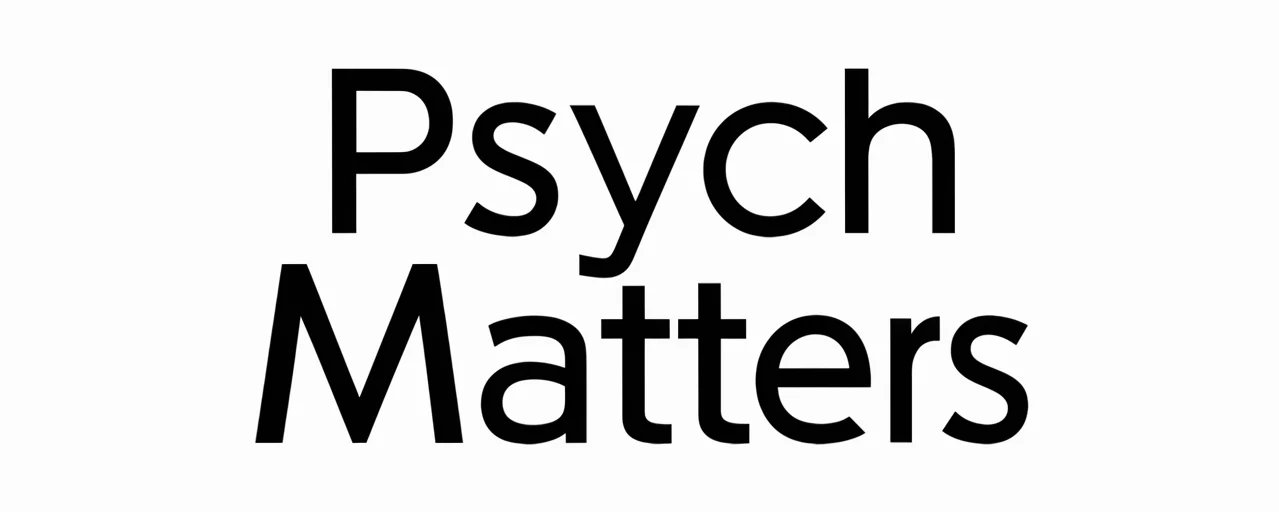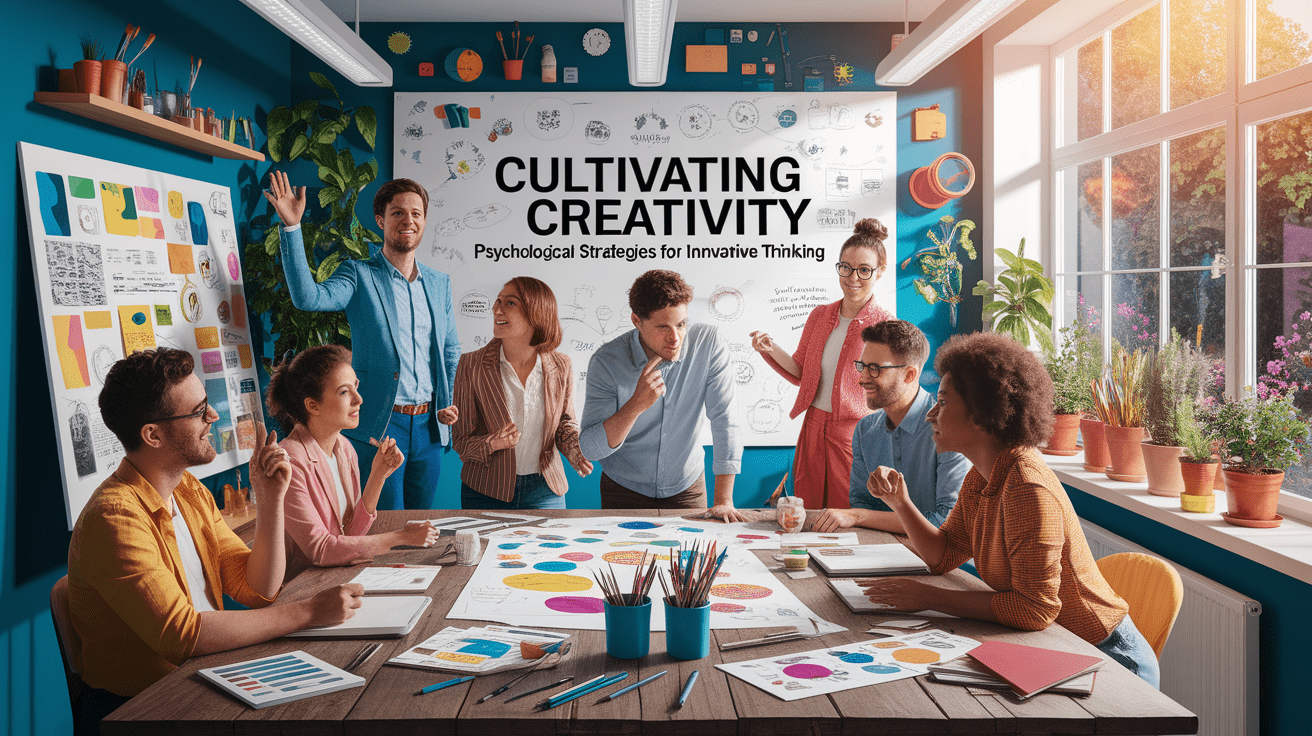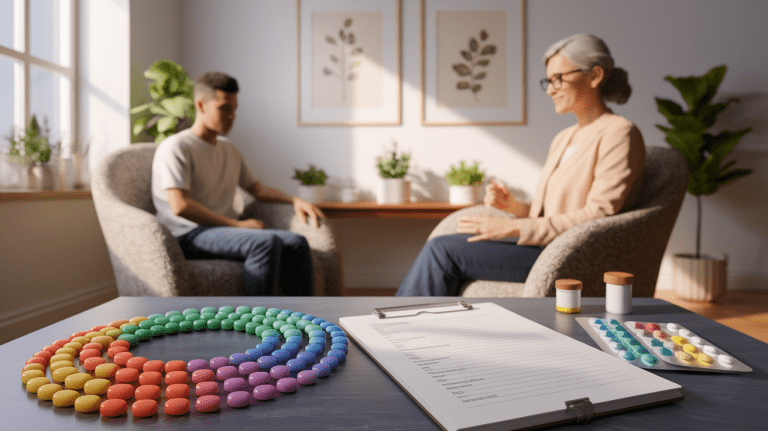Cultivating Creativity: Psychological Strategies for Innovative Thinking
Ignite Your Creativity
In a world that thrives on innovation, the ability to think creatively is no longer a luxury—it is a critical skill. Cultivating creativity is not about waiting for a strike of lightning-like inspiration; it is an active process of engaging in specific psychological strategies designed to enhance innovative thinking. The journey to unlocking your creative potential is deeply intertwined with principles from cognitive and affective psychology. Research increasingly shows that deliberate interventions can significantly boost one’s capacity for generating original ideas. Many of these strategies overlap with practices that improve overall psychological health, demonstrating that a well-cared-for mind is a creative mind. By understanding the psychological factors that influence creativity, we can learn to systematically build our innovative capabilities.
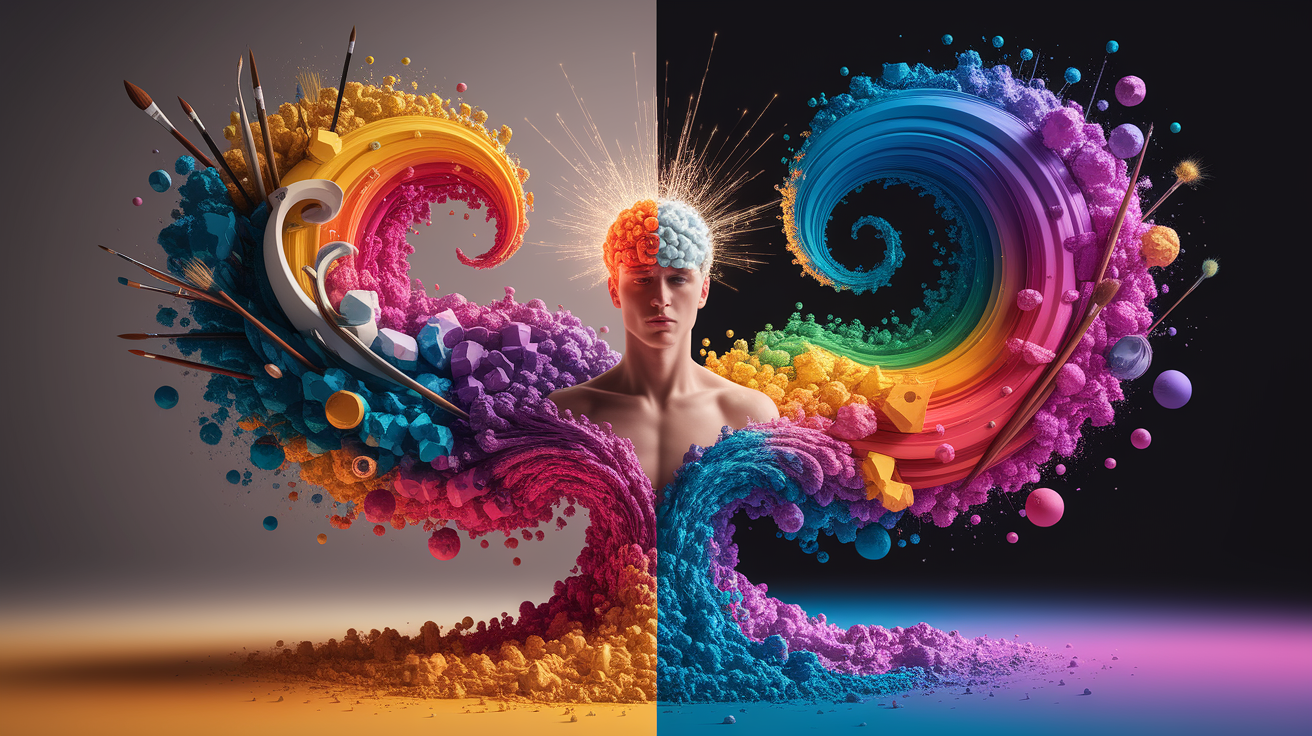
Adopting a Growth Mindset
One of the most powerful psychological factors influencing creativity is one’s mindset. The concept, popularized by psychologist Carol Dweck, distinguishes between two core beliefs about intelligence and ability: a fixed mindset and a growth mindset.

- Fixed Mindset: The belief that abilities like creativity and intelligence are innate, static traits. Individuals with this mindset tend to avoid challenges and fear failure, as they see it as a direct measure of their fixed capabilities.
- Growth Mindset: The belief that abilities can be developed through dedication, effort, and learning. This perspective reframes challenges as opportunities for growth and failure as a stepping stone to mastery.
The role of mindset in cultivating sustained creativity cannot be overstated. When you believe your creative skills can be improved, you are more likely to engage in the very behaviors that enhance them: practicing, seeking feedback, and persevering through mental blocks. Research has consistently shown that altering mindsets through targeted interventions can lead to measurable increases in creative thinking. Furthermore, studies indicate that a growth mindset positively influences creativity motivation, which in turn mediates the effect on creative performance. Adopting this outlook is a fundamental step toward overcoming the fear of failure in innovation and unlocking your full potential.
Broadening Perspectives Through Stimuli
Creativity rarely occurs in a vacuum. It arises from the novel combination of existing ideas and information. Therefore, a key strategy for enhancing creativity is to intentionally broaden your mental landscape by exposing yourself to a rich and diverse range of stimuli. This goes beyond formal education and enters the realm of daily curiosity and exploration.
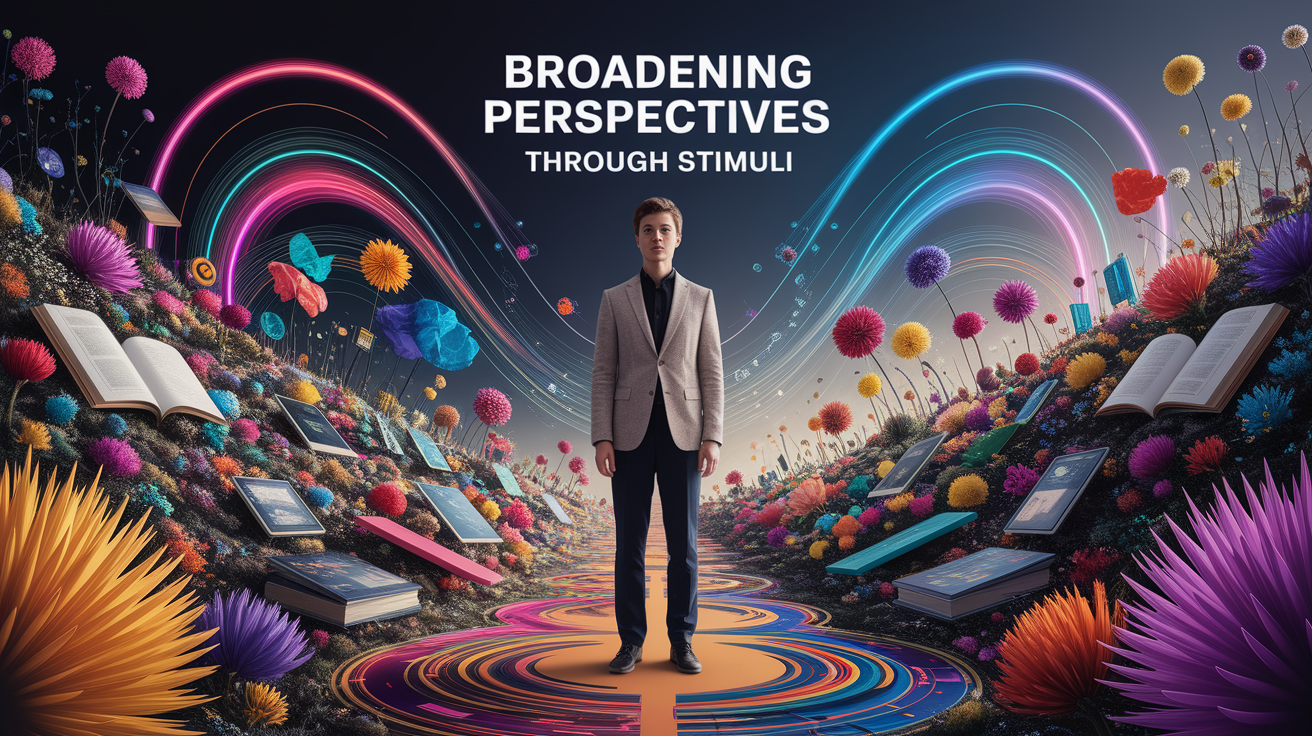
Methods for Expanding Your Mental Toolkit
Learning to think more innovatively using psychological methods often involves stepping outside your typical domain of expertise. Consider these practical psychological tips for daily creative practice:
- Diverse Information Diet: Actively consume content from different fields. If you are a scientist, read poetry. If you are an artist, read about economics. Studies have highlighted the value of diverse inputs, even suggesting that reading popular magazines can emphasize environmental factors that spark new connections.
- Engage in New Experiences: Travel to a new place, try a different cuisine, visit a museum, or learn a musical instrument. New experiences challenge your brain’s default pathways and create fresh neural connections, providing a larger pool of concepts to draw from during idea generation.
- Embrace Curiosity: Actively question the world around you. Ask “Why?” and “What if?” This sense of wonder is the engine of divergent thinking—the ability to generate multiple unique ideas or solutions to a problem.
These methods foster a psychological environment conducive to creative thinking by continuously supplying the mind with new raw material. Intensive educational sessions focusing on study strategies and brain plasticity have also proven effective in altering mindsets and boosting creative potential.
Harnessing Metacognition
Metacognition, or “thinking about thinking,” is a sophisticated psychological tool that is essential for deliberate creativity cultivation. It involves stepping back to observe and analyze your own thought processes. A strong metacognitive practice helps you understand your creative strengths, weaknesses, and aversions, allowing you to manage your creative process more effectively.

According to a comprehensive review, metacognitive components play a significant role in creative thinking. These components include:
- Metacognitive Knowledge: Your awareness of your own cognitive abilities and the nature of the creative task at hand. For example, knowing that you tend to generate your best ideas in the morning or that a particular problem requires more divergent thinking than convergent thinking.
- Metacognitive Experience: The feelings and judgments you have while engaged in a creative task. This includes feeling “stuck,” experiencing a “eureka” moment, or judging that an idea is “not quite right.”
- Metacognitive Monitoring and Control: The ability to actively monitor your progress and strategically adjust your approach. This could mean recognizing that a brainstorming technique isn’t working and switching to another, or deciding to take a break to allow for an incubation period.
By developing these metacognitive skills, you can more effectively navigate common psychological blocks to creativity, such as cognitive biases or a premature rush to judgment. It empowers you to become the architect of your own innovative thinking process.
Integrating Well-being Practices
The romanticized image of the tortured, sleepless artist is largely a myth. Modern psychology demonstrates a clear and powerful link between mental well-being and the capacity for innovation. Building a psychological environment conducive to creative thinking means prioritizing habits that keep your mind clear, rested, and resilient.
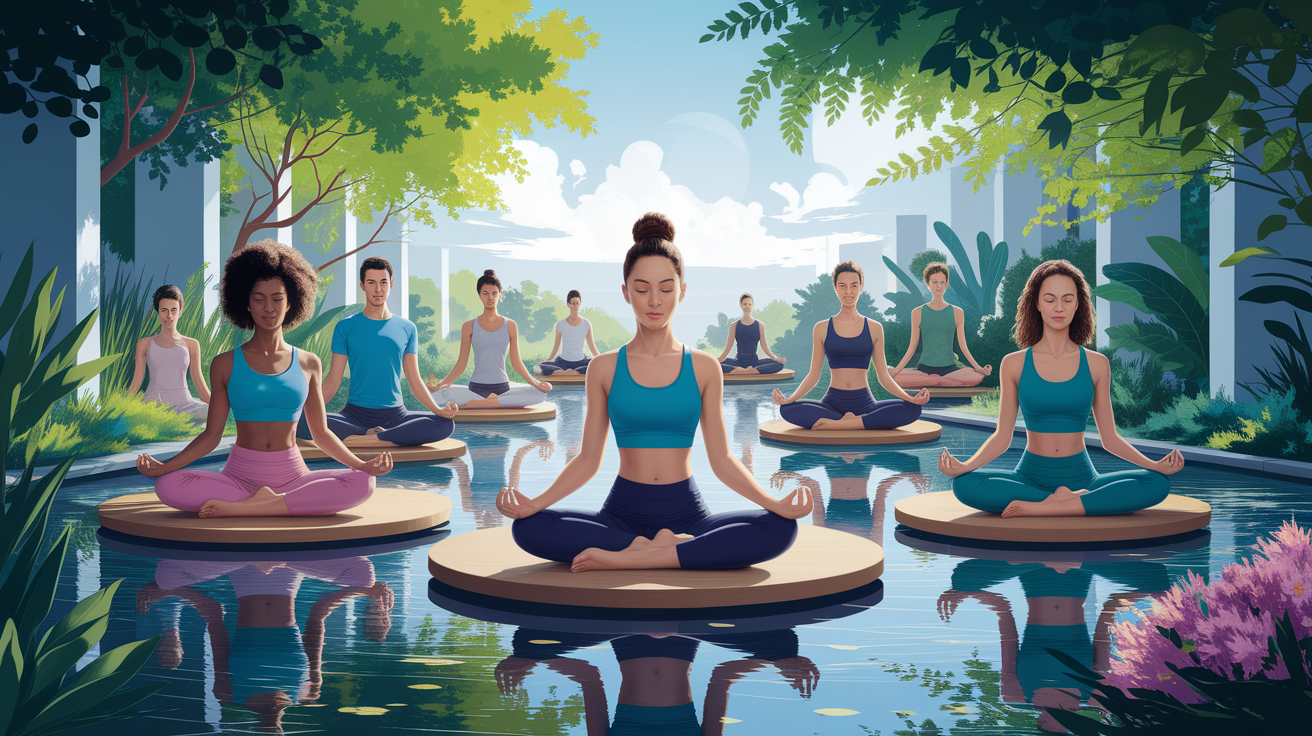
Several well-being practices are known to boost psychological readiness for innovation:
- Mindfulness and Meditation: These practices train your attention and reduce mental clutter. By fostering a non-judgmental awareness of the present moment, mindfulness can quiet the “inner critic” that often stifles nascent ideas and help you achieve a flow state, where you are fully immersed and energized by an activity.
- Adequate Sleep: Sleep is crucial for memory consolidation and problem-solving. During sleep, particularly the REM stage, the brain works to form remote associations between disparate pieces of information—a process at the heart of creative breakthroughs.
- Physical Activity: Exercise has been shown to improve mood, reduce stress, and enhance cognitive function, including executive functions that are vital for both divergent and convergent thinking. A simple walk can often be enough to break through a stubborn mental block.
Understanding the psychological benefits of these creative activities is key. They are not indulgences but essential components of a sustainable creative practice. As the American Psychological Association notes, practices that enhance overall well-being are fundamental to igniting and sustaining inspiration.
Blaze Your Innovative Trail
Cultivating creativity is an intentional and achievable goal, grounded in established psychological principles. It begins with adopting a growth mindset—believing in your capacity to improve. It flourishes when you broaden your horizons with diverse stimuli and learn to harness metacognition to guide your internal thought processes. Finally, it is sustained by integrating well-being practices like mindfulness and proper rest into your daily life.
By applying these psychological strategies, you can move beyond passively waiting for inspiration and start actively building your capacity for innovative thinking. The path to becoming more creative is not about finding a magic bullet, but about systematically developing the mindset, habits, and skills that allow original ideas to emerge and thrive.
